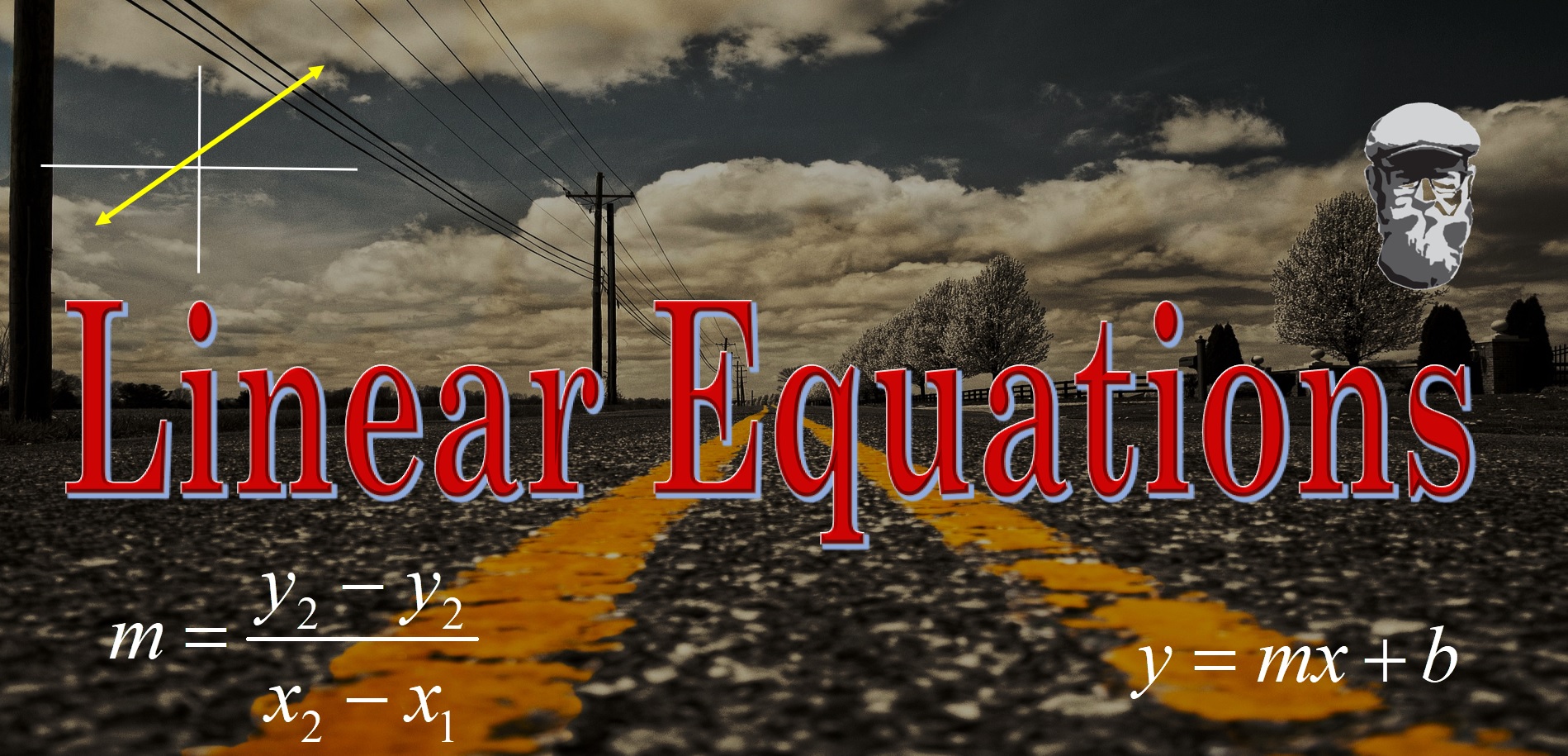 For math students there are three levels of knowing to be considered: How, What, Why. How is procedural ability, they can follow steps. What is the understanding of the How, an explanation of the steps. Why is the understanding of the conceptual consequences from which procedure is derived.
For math students there are three levels of knowing to be considered: How, What, Why. How is procedural ability, they can follow steps. What is the understanding of the How, an explanation of the steps. Why is the understanding of the conceptual consequences from which procedure is derived.
There are practically a limitless number of Hows in math. Students that struggle the most focus on How and are continually confusing or forgetting steps. Here we focus on Why, balancing the How and What to develop a well-balanced and prepared student. Read more about the design and approach behind the materials you will find on this site in the Teaching Philosophy tab below.
Algebra 1 IS the cornerstone mathematics course. As such it deserves careful consideration by teachers, students, parents and administration. The conceptual understanding developed in this course needs to support the acquisition of mathematical literacy. A student that possess both conceptual understanding and mathematical literacy will thrive as they move forward through other math and science subjects.
The materials you will find here are not designed to help students arrive at easy solutions by tricks. Instead, the materials are designed to develop procedural fluency as a consequence of conceptual understanding and literacy. The end result is that students will have a practical balance between conceptual understanding, mathematical literacy, and procedural proficiency.
This curriculum is broken down into six units: Number Unit, Foundations of Algebra, Functions, Linear Equations, Polynomials, and Quadratic Equations.
Each of the units has multiple chapters, which can be navigated on the unit page. Refer to the scope and sequence to help you pace the course.
Below you will find links to the topics taught in Algebra 1.
| Number Unit | Foundations | Functions |
|---|---|---|
| Prime Numbers | What is Algebra? | Relations |
| Real Numbers | Reading Equations | Function Notation |
| Square Roots | Inverse Operations | Arithmetic |
| Exponents | Rational Equations Pt 1 | Composition of Functions |
| Rational Exponents | Inequalities | Inverse Functions |
| Order of Operations | Compound Inequalities | Reading Graphs of Functions |
| Algebraic Fractions | Absolute Value Inequalities | |
| Percentages | Variation | |
| Conversion of Units | Writing Equations | |
| Rates | ||
| Distance, Rate and Time |
| Linear Equations | Polynomials | Quadratics |
|---|---|---|
| Coordinate Plane | Monomials, Binomials, etc. | Basics |
| Understanding Graphs | Distribute Combine Like Terms | Understanding Graphs |
| Slope | Multiplication | Vertex |
| Intercepts | Factoring Basics | Intercepts and Factoring |
| Writing Equations | Factoring Quadratics | Completing the Square |
| Graphing Equations | Factoring Special Cases | Quadratic Formula |
| Parallel and Perpendicular Lines | Graphing | |
| Linear Inequalities | Writing Equations | |
| Systems of Equations | Systems of Quadratic Equations | |
| Systems of Inequalities |
Quarter 1: Number Unit
In the Number Unit students will simultaneously firm up misconceptions and procedural inefficiencies, while transferring prior knowledge to high school level mathematics.
Unit # / Topic | Time | Notes | Resources |
1.1 Number Sense | 2 – 4 days | Prime numbers: any whole number can be expressed as a unique product of primes. Real Numbers: arithmetic between rational and irrational numbers. | |
1.7 Square Roots | 3 – 5 Days | Introduce square roots, what simplifying them means, and basic arithmetic. Square Root Arithmetic | Square Roots 2 |
1.7 & 2.4 Exponents | 3 – 4 Days | Exponent properties and “rules” not including fractional exponents. | |
1.7 Rational Exponents & Other Roots | 2 Days | Multiple ways to manipulate, think about, and simplify various rational and radical expressions. | |
1.2, 1.7, 3.1 | 2 – 3 Days | The order of operations, reading mathematical structure and notation. Ex: Scientific notation is an application of the order of operations and properties of exponents. Ex: Introducing function notation as a way to practice the order of operations. | |
Test Number One
| |||
1.3 LCM/GCF | 1 – 2 Days | Connect LCM/GCF with algebraic expressions. | |
2.10 Alg. Fractions | 2 – 3 Days | Introduction to reducing and adding/subtracting simple Algebraic Fractions. | |
1.6 Percentages, Profit, Interest | One Week | Writing equations is the key skill required for students to be successful with this unit. | |
1.4 1.9, 1.10, 1.11 | One Week | Students will learn to use rates to convert units while dealing with problems involving time (seconds to days), as well as distance, rate and time. | DRT Page |
Midterm Examination | |||
Tab Content









